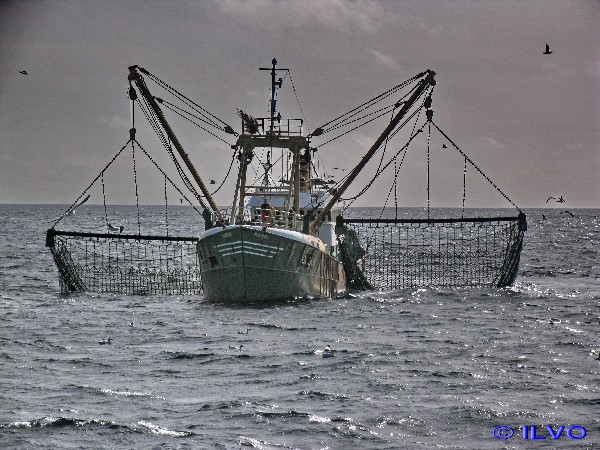 In 2004, the Coordination Centre for Integrated Coastal Zone Management (ICZM) and the coastal communities started a spring cleaning of the beach, they called ‘Lenteprikkel’. This occured every year at the same moment along the Belgian coast. Pictures of this event can be found in the photogallery.
In 2004, the Coordination Centre for Integrated Coastal Zone Management (ICZM) and the coastal communities started a spring cleaning of the beach, they called ‘Lenteprikkel’. This occured every year at the same moment along the Belgian coast. Pictures of this event can be found in the photogallery.With this project, The ICZM wanted to make the people who go to the beach aware that the real rubbish only gets cleaned up by doing it manually. In this way alga, shells and other natural deposits at the coast stay on the beach which makes it more a natural environment and facilitates the formation of dunes, and evades erosion.
As from 2009, the Coordination Centre for ICZM and the coastal communities will not be cleaning the beach on the same date. Coastal communities, schools and clubs will plan this in their own activities during spring.
More detailed information about the rubbish and reports of the previous years can be found on the website of the Lenteprikkel (only available in dutch)
What is Fishing for Litter?
 Despite many initiatives to reduce marine litter it remains one of the most significant environmental problems affecting the marine environment. 20,000 tonnes of litter is dumped into the North Sea alone every year. Fishing for Litter is an imaginative yet simple initiative that aims to reduce marine litter by involving one of the key stakeholders, the fishing industry. KIMO directly provides fishing boats with large bags to deposit marine sourced litter. When full, these bags are deposited safely on the quayside to then be collected for disposal. This reduces the volume of debris washing up on our beaches and also reduces the amount of time fishermen spend untangling their nets.
Despite many initiatives to reduce marine litter it remains one of the most significant environmental problems affecting the marine environment. 20,000 tonnes of litter is dumped into the North Sea alone every year. Fishing for Litter is an imaginative yet simple initiative that aims to reduce marine litter by involving one of the key stakeholders, the fishing industry. KIMO directly provides fishing boats with large bags to deposit marine sourced litter. When full, these bags are deposited safely on the quayside to then be collected for disposal. This reduces the volume of debris washing up on our beaches and also reduces the amount of time fishermen spend untangling their nets.
The initiative not only involves the direct removal of litter from the sea, but also raises awareness of the significance of the problem amongst each community. This pioneering project has expanded from an original pilot scheme in the Netherlands to now be a highly recognisable initiative in the United Kingdom and beyond. (source: Kimo)
What is the situation in Belgium?
At the Belgian coast, the project tries to convince fishermen in Nieuwpoort, Oostende and Zeebrugge that they do not throw the waste (rubbish that they have in their nets) back in the sea. The project provides them with large bags (250L), in which they can collect all the litter. The fishermen can get a bonus fo €10 per bag of 250L they have collected.
In 2007, a pilot project was started with the Federal Government, the SDVO (The Foundation for Sustainable Fishery Development), and the AGHO (Harbour of Ostend). Now is it already a larger project, and the collected waste varies between 0.5 and 2 tons per month. All this litter is brought ashore, and will be sorted and processed.


